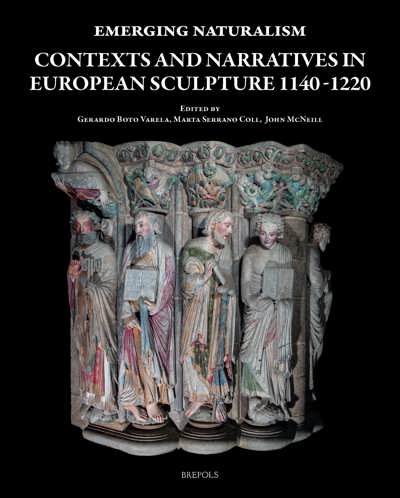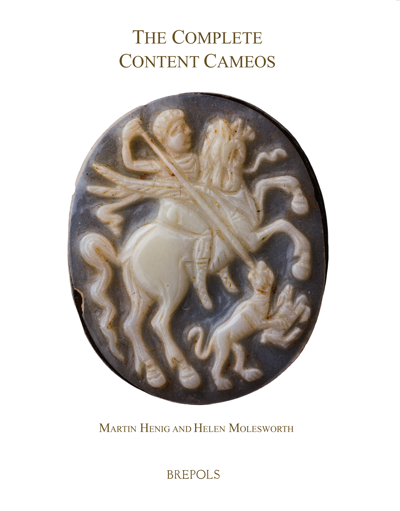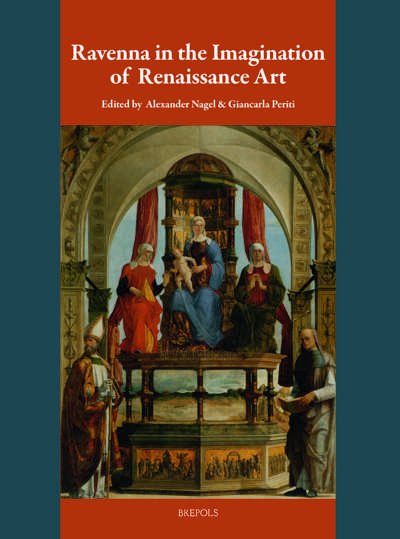
Naples as Laboratory / Laboratorium Neapel
Style Options, Artistic Rivalry and Self Fashioning in Neapolitan Baroque Painting / Plurale Stilbildung, Künstlerkonkurrenz und Self Fashioning in der neapolitanischen Barockmalerei
Elisabeth Oy-Marra, Heiko Damm (eds)
- Pages: 194 p.
- Size:216 x 280 mm
- Illustrations:6 b/w, 76 col.
- Language(s):English, German
- Publication Year:2026
- € 95,00 EXCL. VAT RETAIL PRICE
- ISBN: 978-2-503-57966-5
- Paperback
- Forthcoming (Jan/26)
*How to pre-order?
Seventeenth-Century Naples presented a highly unique point of convergence for heterogeneous cultural currents. This volume brings together contributions on major artistic manifestations as well as their strategies of self-promoting.
Elisabeth Oy-Marra is Professor Emerita at the Johannes Gutenberg-University in Mainz. She is an expert in baroque art theory and Italian seicento.
Heiko Damm is curator of the department of art on paper at the GRASSI Museum of Applied Arts at Leipzig. He is an expert of Italian art of the early modern period, specialized in drawing.
Seventeenth-Century painting in Naples distinguishes itself from that of other artistic capitals for its immense variety of coexisting styles and, in turn, for the rivalry this inspired among artists living in the principal city of the Spanish viceroys. The various tendencies, in fact, might best be described as the manifestation of these rivalries among predominant artists in and around Naples, known in the annals of art history as the great reformers of painting at the turn of the seventeenth century: Caravaggio, who on his travels to and from Malta left behind a number of highly influential paintings; two pupils of Annibale Carracci, Domenichino and Giovanni Lanfranco, who left their individual marks on the city for nearly a decade; the Spaniard Jusepe de Ribera, who lived and worked in Naples and was visited by Velázquez as he journeyed through Italy. Under Spanish rule and closely tied to the Papal States, this major center of trade on the gulf presented a unique point of convergence for these heterogeneous cultural currents.
This conference volume brings together contributions on painters such as Caravaggio and Jusepe de Ribera, as well as Aniello Falcone, Artemisia Gentileschi, Salvator Rosa, and Francesco Solimena. The recurring subject throughout the texts is self-promotion and self-fashioning, as well as the artists’ social and intellectual situation ‘in situ’.
A Laboratorio of Painting: Style, Self-Fashioning and Competition in Neapolitan Baroque
Elisabeth Oy-Marra & Heiko Damm
Caravaggios Sieben Werke der Barmherzigkeit: Zur Frage devianter Details
Rudolf Preimesberger (†)
After the Fall of Osuna: Ribera’s Work of the 1620s in the Context of Artistic Rivalry, Patronage and Stylistic Currents
Justus Lange
Riberas Self-Fashioning als Naturalista
Elisabeth Oy-Marra
Portents of Nature: Jusepe de Ribera and the Bearded Woman
Carlo Avilio
The Fame Game: A Business Analysis of Artemisia Gentileschi’s Neapolitan Career
Christopher R. Marshall
Beyond Naples: The Self Fashioning of Salvator Rosa
Helen Langdon
The Clock, the Court, and the Canvas: Luca Giordano and the Virtue of Productivity
Tiffany A. Racco
Francesco Solimena zwischen Egologie und Eusozialität
Salvatore Pisani
Aniello Falcone? Der tote Soldat in der National Gallery in London. Annäherungen an ein kunsthistorisches Methodenproblem
Stefan Albl
Die Kunst der Macht: Die spanischen Vizekönige als Auftraggeber neapolitanischer Barockmalerei am Beispiel des Conde de Monterrey (reg. 1631–1637)
Katrin Zimmermann




